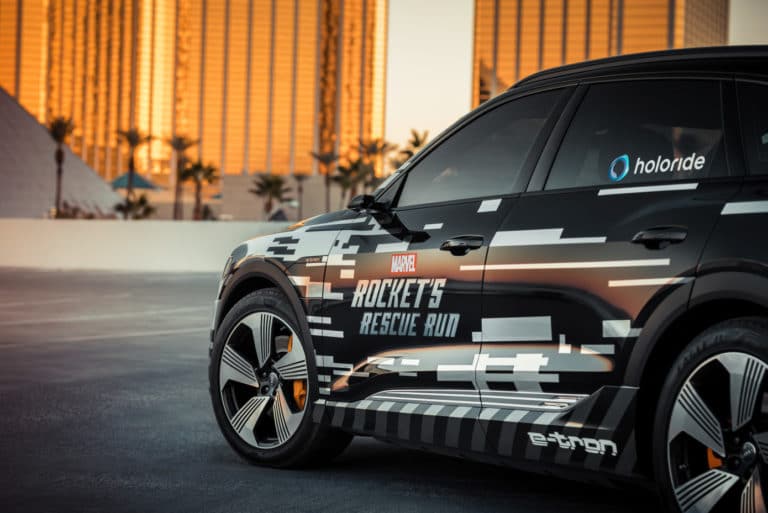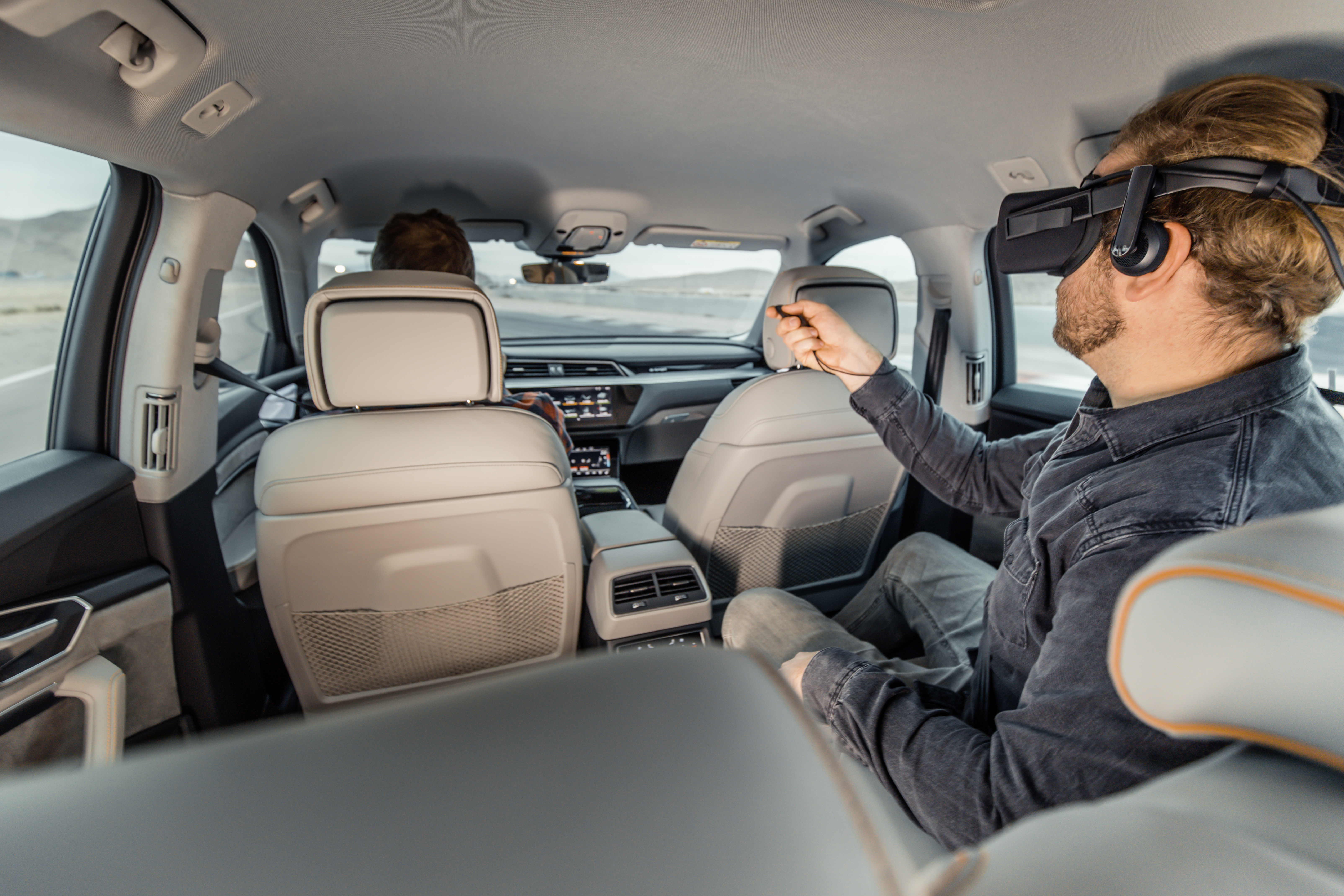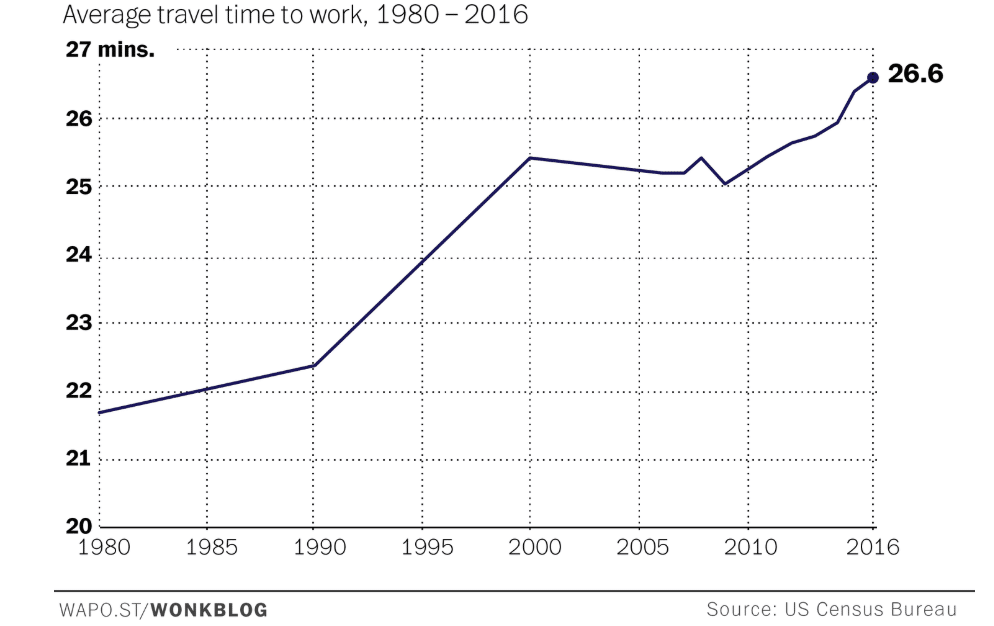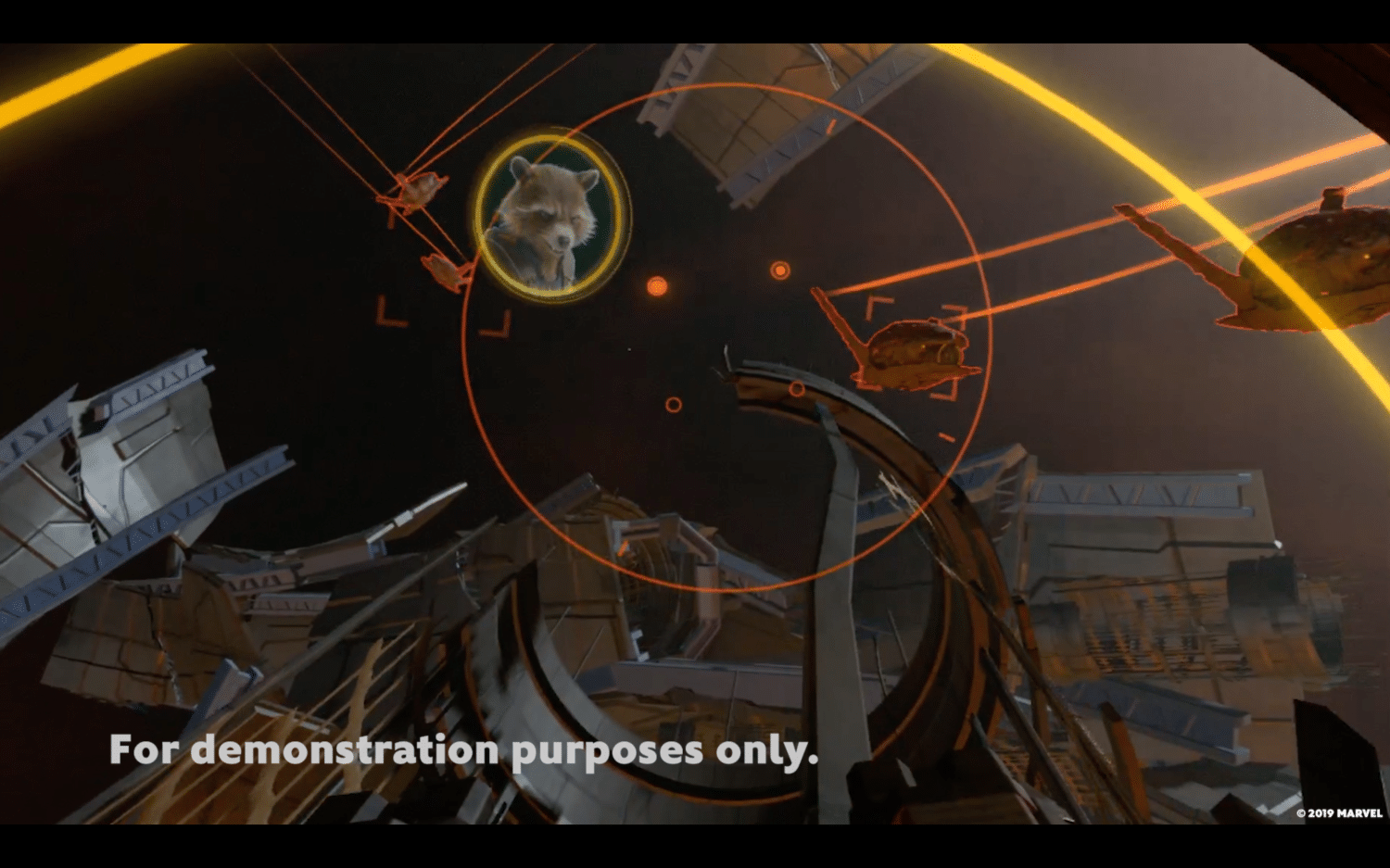
It always seems counterintuitive that VR theme park rides don’t predominantly cause motion sickness. Of all the activities that can happen in the sometimes nausea-inducing VR, you’d think such rides would be at the top of the list.
But because VR sequences in these rides are synced to the physical motion of the ride, it doesn’t cause VR’s signature nausea. As background, the biggest cause of VR sickness is when your visceral senses (what you see) don’t line up with your physical senses (what you feel).
So if you’re playing a fast-moving FPS game while sitting still in a chair, the cerebral mismatch can cause disorientation. Vomiting is an evolutionary defense mechanism to that disorientation, when the body thinks it’s been poisoned. Add it all up, and that’s why you get sick in VR.

Front-end Alignment
But the same inertial alignment that makes VR theme park rides “work” (business model notwithstanding) presents another opportunity: in-car VR. We’ve seen a few past examples and more at CES this week, such as Holoride. Techcrunch took a test drive with positive results.
In short, Holoride is an Audi-backed company that develops VR software and games that are optimized for in-car passenger experiences. That includes a Marvel-themed game whose gameplay and timing are synced to the physical motion of the car, thus avoiding nausea.
But beyond advantages in not making you sick (table stakes), there are several signals that indicate business opportunity. In fact, in-car time is seen as the next greenfield opportunity to capture our idle/captive attention — especially given the increasing time we spend in Uber rides.
Beyond passenger contexts, we’re entering the age of autonomous driving. A question will start to be asked: What will we do in the car when we’re no longer driving? This will open up previously untapped time for media, to the tune of 52 minutes per day in the U.S. — the average commute.

The Next Battleground
This is a big deal for VR because its market opportunity is otherwise gated by a fixed pie of available media time per day. And because VR is entertainment, it has to compete with TV and other entertainment media for that fixed pie. AR’s “micromoments” will be a bit less challenged.
So all that in-car time could be media’s next battleground, and one where VR will start to develop its native footing. We’ll see Holoride competitors emerge to tackle the opportunity, which will lead to an ecosystem for content (Holoride SDK forthcoming), delivery channels and monetization.
Monetization will include paid content as well as ad support. Marketers will salivate over the captive and focused audience engagement (though scale/reach could be relatively small). And it won’t just be interruptive ads but brand-sponsored experiences, like Holoride’s Marvel game.
The types of content that sync with forward movement could be limited (think: first-person cockpit games). But even mundane or productivity-based activities like email could be motion-synced by adding peripheral animations that indicate forward and inertial-synced movement.

Good Start
For now, Holoride is vehicle specific, so there will likely be more standardization to make it usable on the fly. One thing we’ve learned is that adoption friction doesn’t help an already adoption-challenged early technology like VR. But we’ll get there, and this is a good start.
And cars are just one mode of transport. VR could find a welcome home in other conveyances, for all the reasons above. It’s already happening in-flight, which makes even more sense, given the highly entertainment-conducive environment and demand for immersive distractions.
Altogether, VR could increase its addressable market by planting itself as a go-to entertainment medium on planes, trains & automobiles. As always with early-stage technologies, all of these theoretical benefits will have to be proven in the wild by real consumer interest and uptake.
https://youtu.be/DTSwWV7l8b4
For deeper XR data and intelligence, join ARtillery PRO and subscribe to the free AR Insider Weekly newsletter.
Disclosure: AR Insider has no financial stake in the companies mentioned in this post, nor received payment for its production. Disclosure and ethics policy can be seen here.
Header image credit: Holoride
